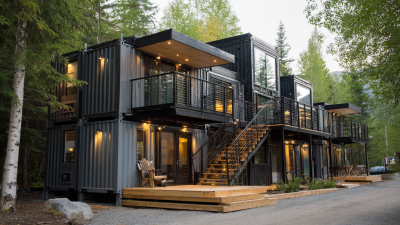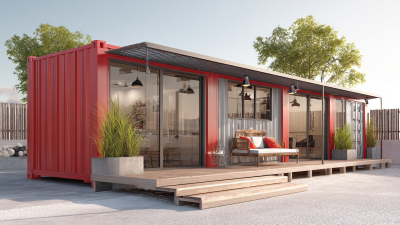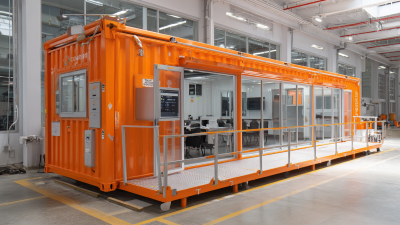Living in a Single Container House offers a unique blend of sustainability, efficiency, and modern aesthetics that appeals to many looking for alternatives to traditional housing. As more people seek innovative solutions to rising housing costs and environmental concerns, the concept of repurposing shipping containers for residential living has gained significant traction. This article explores the myriad benefits of opting for a Single Container House, including cost savings, reduced construction time, and minimal environmental impact.
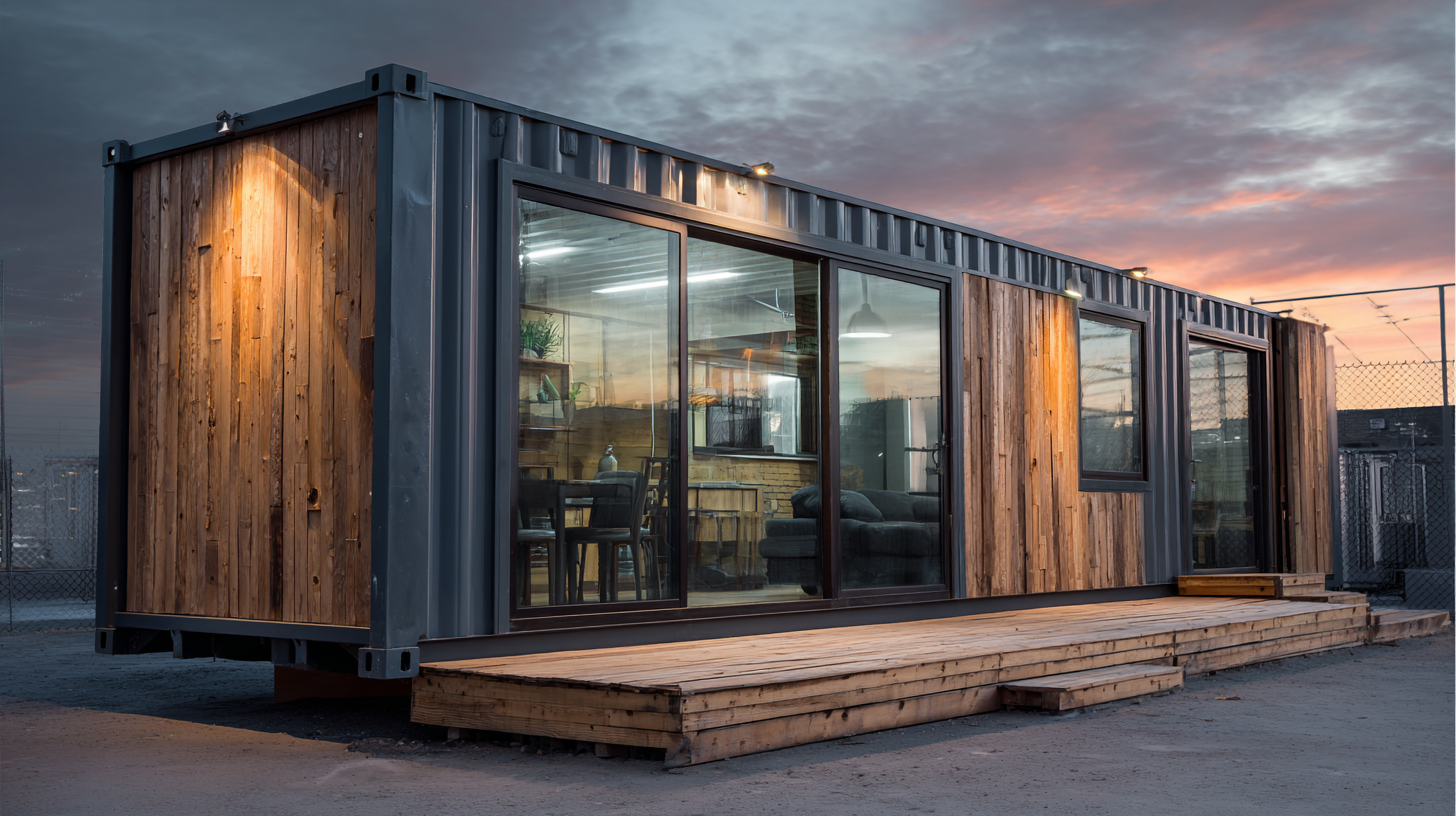
From their versatility in design to their potential for off-grid living, single container homes are not only practical but also reflect a lifestyle that prioritizes simplicity and ecological responsibility. Join us as we delve into how a Single Container House can transform your living experience, providing a smarter, more sustainable way to live.
Living in a single
container house offers numerous
sustainability benefits that align with contemporary eco-conscious values. One of the primary advantages is the
efficient use of materials.
Shipping containers are designed for maximum durability and strength, allowing them to be repurposed into homes without the need for extensive raw materials. This recycling process not only minimizes waste but also significantly reduces the
carbon footprint associated with traditional home construction.
Moreover, container homes can be equipped with sustainable technologies that further enhance their environmental benefits. For instance, solar panels can be installed on rooftops, harnessing renewable energy to power the household.
Rainwater harvesting systems can also be integrated, allowing for the collection and use of rainwater for irrigation or even potable purposes.
These features make single container homes not only efficient but also potentially
self-sufficient, promoting a lifestyle that conserves resources and reduces dependency on conventional utilities.
This combination of innovative design and sustainable practices positions container houses as a compelling choice for environmentally conscious individuals.
Cost-effective living solutions with container houses have gained popularity in recent years due to their affordability and sustainability. Transforming shipping containers into homes offers a unique opportunity for individuals and families looking to minimize expenses while maximizing functionality. Unlike traditional homes, container houses often require less initial investment and can be set up more quickly. The modular design also allows for flexibility in layout, enabling homeowners to customize their living spaces according to personal preferences and lifestyle needs.
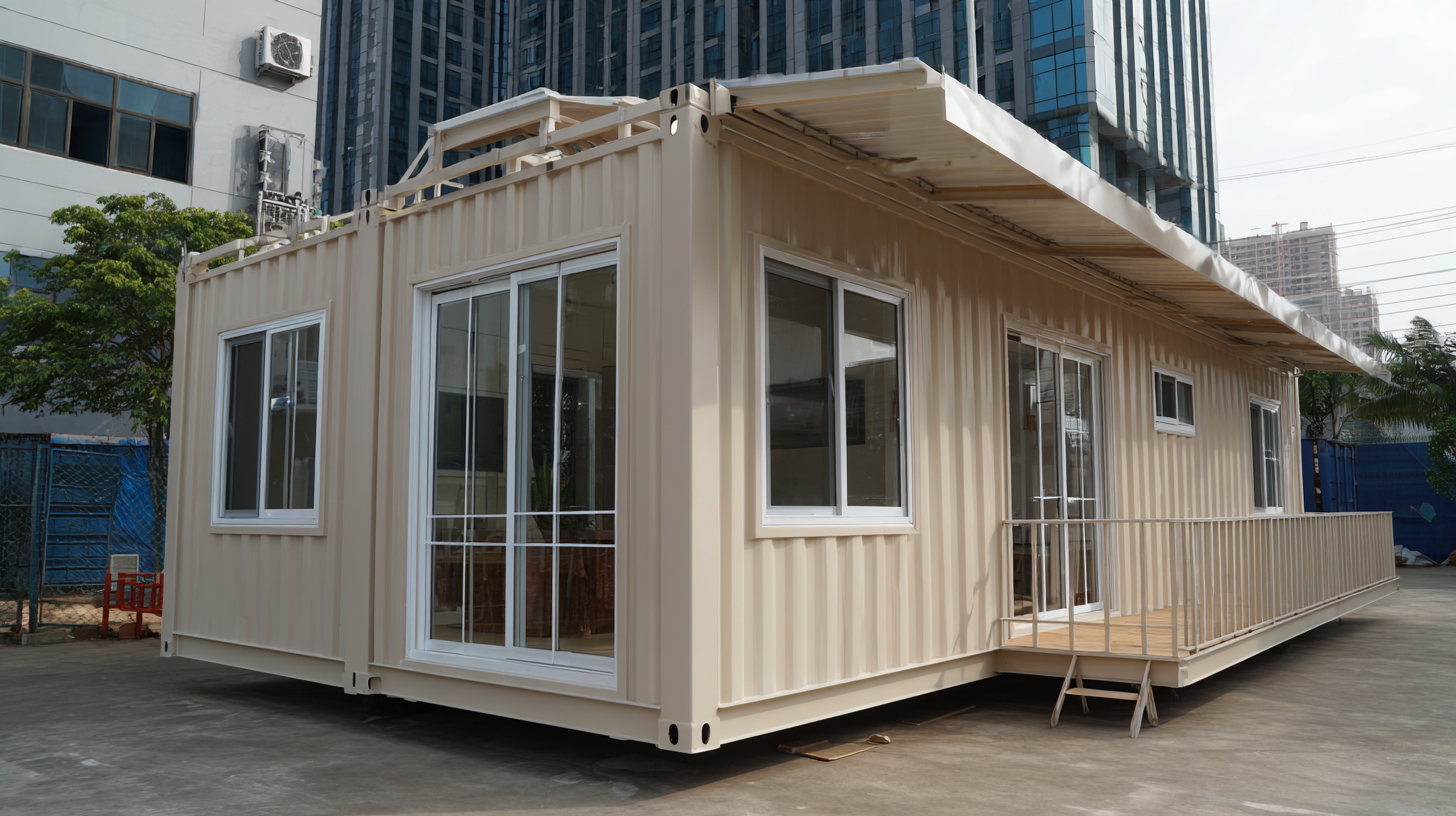
Moreover, container houses contribute to environmental sustainability by promoting recycling and reducing the demand for new building materials. Utilizing repurposed containers not only lowers construction costs but also decreases the ecological footprint associated with building a conventional house. With the ability to insulate and modify these structures, they can be designed to withstand various weather conditions while providing a comfortable living environment. As a result, container houses present an innovative solution for those seeking economical and eco-friendly housing options.
Container homes offer remarkable flexible design and customization options, making them an attractive choice for modern living. With the rise of sustainable architecture, these structures can be tailored to meet individual tastes and preferences, allowing homeowners to express their unique styles. From minimalist layouts to elaborate multi-container configurations, the versatility of container houses embraces creativity, enabling the creation of personalized spaces that cater to specific lifestyle needs.
Moreover, the modular nature of shipping containers allows for easy expansion and reconfiguration. Homeowners can start with a single unit and later add additional containers as their family grows or their requirements change. This adaptability not only makes container houses future-proof but also minimizes the environmental impact often associated with traditional construction. Through various materials, finishes, and functional designs, the possibilities are virtually limitless, positioning container living as a contemporary solution to housing challenges.
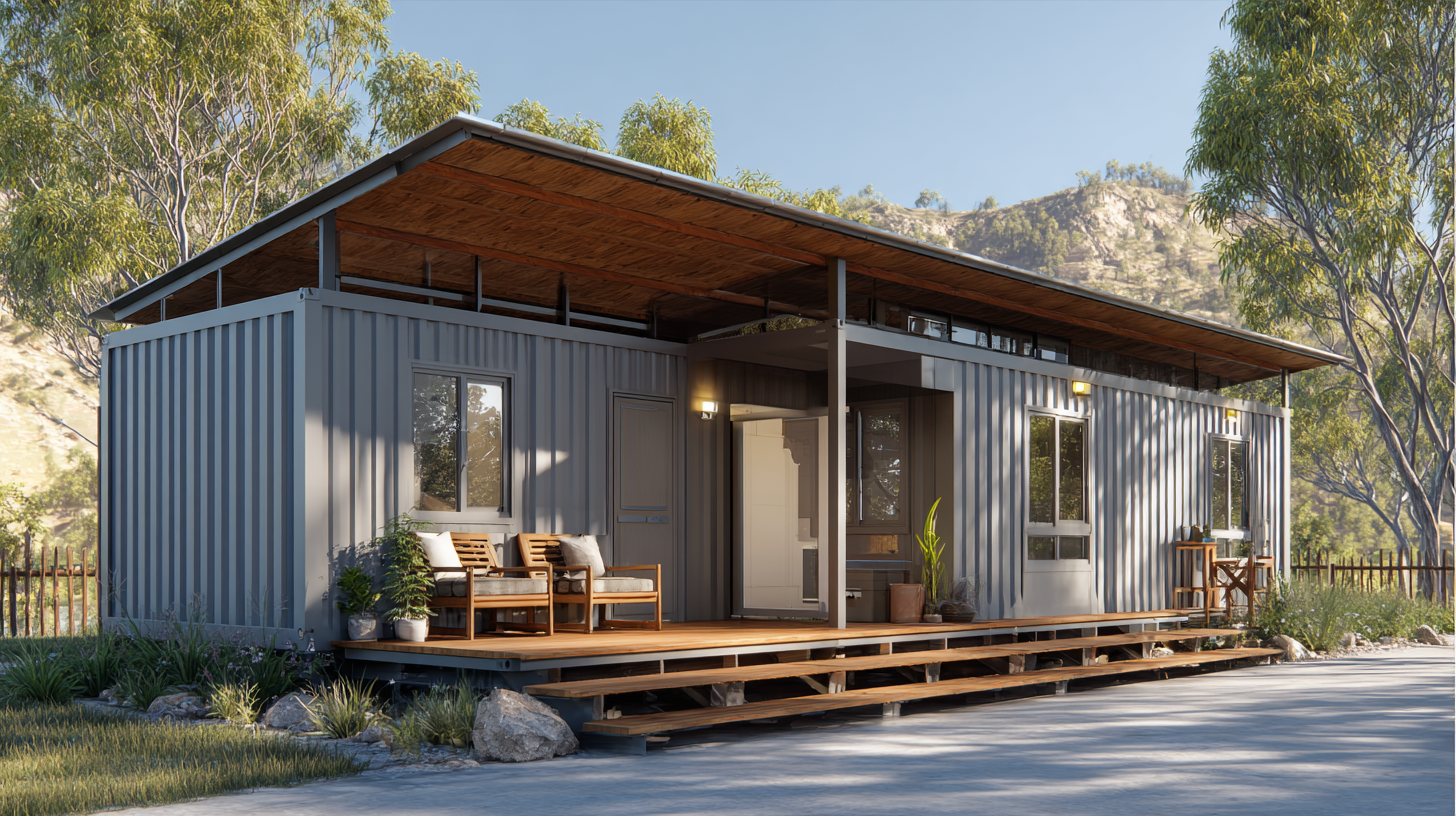
Container homes are gaining popularity for their rapid construction and mobility advantages. According to a report by IBISWorld, the U.S. prefabricated housing market has seen a growth rate of 3.1% from 2015 to 2020. Container houses can be assembled in a fraction of the time it takes to construct a traditional home, often completed in just a few weeks. This is primarily due to the modular nature of the design, wherein multiple containers can be combined and customized easily, allowing for efficient project completion.
Another significant benefit of container homes is their inherent mobility. A study by the National Association of Home Builders (NAHB) indicates that more homeowners are prioritizing flexible living spaces, particularly as remote work becomes more common. Container homes offer the unique ability to be relocated with fewer logistical challenges compared to conventional houses, making them ideal for those who enjoy the freedom of changing their environment. Additionally, the eco-friendly aspect of repurposing shipping containers aligns with the growing trend of sustainable living, attracting environmentally-conscious consumers who seek both practicality and modern design.
Living in a single container house epitomizes the minimalist lifestyle, emphasizing simplicity and efficiency. Container architecture promotes sustainable living by reducing the need for excessive materials. A report from the World Green Building Council noted that buildings made from recycled materials, such as shipping containers, can cut construction waste by up to 75%. This not only lessens the environmental footprint but also aligns with the growing trend of eco-conscious living.
Furthermore, container homes illustrate remarkable space efficiency. According to a survey conducted by the Container Home Association, about 60% of container homeowners report feeling content with their living space's organization and functionality. With a typical container measuring 40 feet long, designers can optimize layout and storage, maximizing useable square footage. This efficient design contributes to lower housing costs, with research indicating that container homes can be built for 30% less than traditional homes, making them an appealing option for those seeking affordability without sacrificing style.
| Benefit | Description | Space Efficiency | Environmental Impact |
|---|---|---|---|
| Cost-Effectiveness | Lower construction costs compared to traditional homes. | Efficient use of space with modular designs. | Recycling of shipping containers reduces waste. |
| Mobility | Easy to relocate if necessary. | Compact living promotes minimalism. | Less land use means a smaller environmental footprint. |
| Customizability | Ability to design interiors based on personal taste. | Adapts to various layout preferences efficiently. | Ideal for sustainable living solutions. |
| Durability | Containers are built to withstand harsh conditions. | Strong structure allows for intelligent use of space. | Promotes long-lasting living solutions. |
| Quick Assembly | Rapid construction and set-up times. | Reduces time on site and minimizes disruption. | Decreases waste production during construction. |


